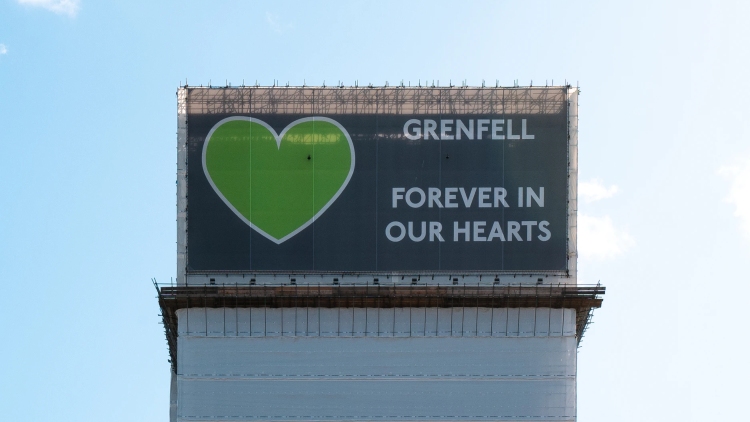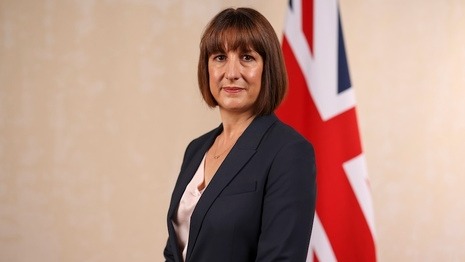
Former BRE director Debbie Smith appeared before the Grenfell Tower Inquiry yesterday (23 February) to face questions over the testing regime that governed construction products prior to the Grenfell Tower fire.
The Inquiry heard how the government approached the introduction of tougher European standards that governed cladding systems, designing what was envisaged as a three-year transition period from British Standards to Euroclass standards.
A 2002 meeting to discuss Approved Document B, at which Smith was present along with Anthony Burd, who was principal fire safety professional and UK fire regulator at the Department for Communities and Local Government, heard how European CE mark was not mandatory at the time in the UK. That made the UK one of five EU member states which did not make the mark mandatory, but that the British Standard 476 suite of fire tests would “eventually be withdrawn”.
At a later meeting, in May 2002, it was proposed that over a three-year transition, the British Class 0 standard governing fire spread would be equated by the European ‘Class B’, despite the fact that some Class 0 cladding products would only attain lower European standards, below Class B.
Richard Millett QC, lead counsel to the Inquiry, asked Smith if “by transposing Class 0 products to Class B after the transition period, that might reduce the market for Class 0 products which only achieved [Euroclass] C and D, but that was acceptable because it would force manufacturers to adopt higher standards of safety?”
Smith said: “Yes, that was the general consensus.”
But Millett pointed out that this also meant that during the transition period, Class 0 products that only achieved classes C or D under the European system could still be accepted in the UK.
Millett asked: “Did you consider at any stage that keeping both the national class and the European class side by side might cause confusion?”
Smith replied that there was “no evidence” at that time that it would cause confusion. She added: “There had been no feedback that I was aware of at that time.”
In the event, the transition plan was never implemented and the two regimes were allowed to run in tandem from 2002 until 2018. Asked if she knew why the transition hadn’t been implemented by the government, Smith replied that she did not.
Smith said that the intention of having an equation between Class 0 and Euroclass B during the transition originally proposed was to “remove confusion and to prevent manufacturers from saying: ‘I’ve got a Class 0 product, therefore I’m going to brand it and market it as European Class B’.”
But Millett highlighted a Kingspan technical bulletin from 2003 entitled “New European Fire Classification System” and branded “The plain facts” in red letters. The document stated: “Class 0 correlates with Euroclass B.” Although it added: “However, there are a number of products that are Class 0 based on BS 476 tests that will not achieve a Euroclass B.”
Asked if the sentence: “Class 0 correlates with Euroclass B in the new regime” was “reliable and accurate”, Smith replied that it was not.
Millett asked: “But you can see how the industry was reading it, even at this stage?”
Smith replied: “Yes.”
The Inquiry continues.











